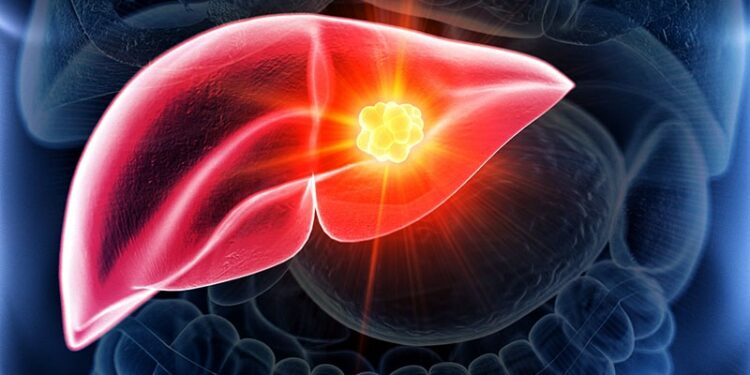[ad_1]
TOPLINE:
A meta-analysis found that patients with early and intermediate-stage hepatocellular carcinoma who received external beam radiation therapy (EBRT) demonstrated better local control and progression-free survival than those who received transarterial chemoembolization (TACE). The findings suggest that EBRT can be used as an effective frontline treatment for patients with hepatocellular carcinoma.
METHODOLOGY:
- TACE has been the standard of care for intermediate-stage hepatocellular carcinoma, but EBRT has emerged as a potential noninvasive alternative.
- Researchers conducted a meta-analysis of prospective, randomized controlled trials and assessed the clinical efficacy of EBRT vs TACE, as either definitive monotherapy or as a bridge to transplantation or surgery, in patients with early and intermediate-stage hepatocellular carcinoma.
- The analysis included three (one multi-institutional and two single-institutional) studies, involving 142 patients who were ineligible for upfront surgical resection or transplantation and required either definitive therapy or downstaging before transplantation.
- The study outcomes were local control, overall survival, progression-free survival, and occurrences of grade ≥ 3 toxicity.
TAKEAWAY:
- Overall, EBRT demonstrated superior local control (hazard ratio [HR], 0.16) and achieved higher local control rates compared with TACE — 85% vs 35% at 1 year, 83% vs 20% at 2 years, 62% vs 11% at 3 years.
- Similarly, EBRT showed a significant improvement in progression-free survival (HR, 0.37). At 1 year, the progression-free survival rates were 56% for EBRT and 32% for TACE, 40% with EBRT vs 32% with TACE at 2 years, and 37% vs 7%, respectively, at 3 years.
- While EBRT achieved higher overall survival rates compared with TACE — 83% vs 79% at 1 year and 44% vs 35% at 3 years — the difference was not significant (risk ratio [RR], 0.79; 95% CI, 0.51-1.22).
- No significant difference in grade ≥ 3 toxicity was observed between the two treatments (RR, 0.86; 95% CI, 0.31-2.37). EBRT, however, led to fewer adverse events than TACE (13 vs 21); gastrointestinal and hepatobiliary events were the most common adverse events overall and more prevalent after TACE.
IN PRACTICE:
“Compared with TACE, EBRT yields superior [local control] and [progression-free survival] with similar [overall survival] and should be considered a first-line approach when utilizing liver directed therapy as a monotherapy,” the authors wrote.
SOURCE:
This study, led by Ryan A. Kuehnle, Long School of Medicine, University of Texas Health Science Center at San Antonio, Texas, was published online in Cancer.
LIMITATIONS:
The meta-analysis was limited by potential publication bias because of the exclusion of unpublished studies. The aggregate sample size remained restricted as only three studies met the inclusion criteria, each with a small sample size. Difficulty achieving study accrual goals could have introduced selection bias.
DISCLOSURES:
The authors did not disclose any funding information. Two authors declared having ties with various sources. The other authors declared no conflicts of interest.
This article was created using several editorial tools, including AI, as part of the process. Human editors reviewed this content before publication.
[ad_2]
Source link : https://www.medscape.com/viewarticle/this-radiation-therapy-outperformed-tace-liver-cancer-2025a10004pm?src=rss
Author :
Publish date : 2025-02-24 11:01:25
Copyright for syndicated content belongs to the linked Source.














